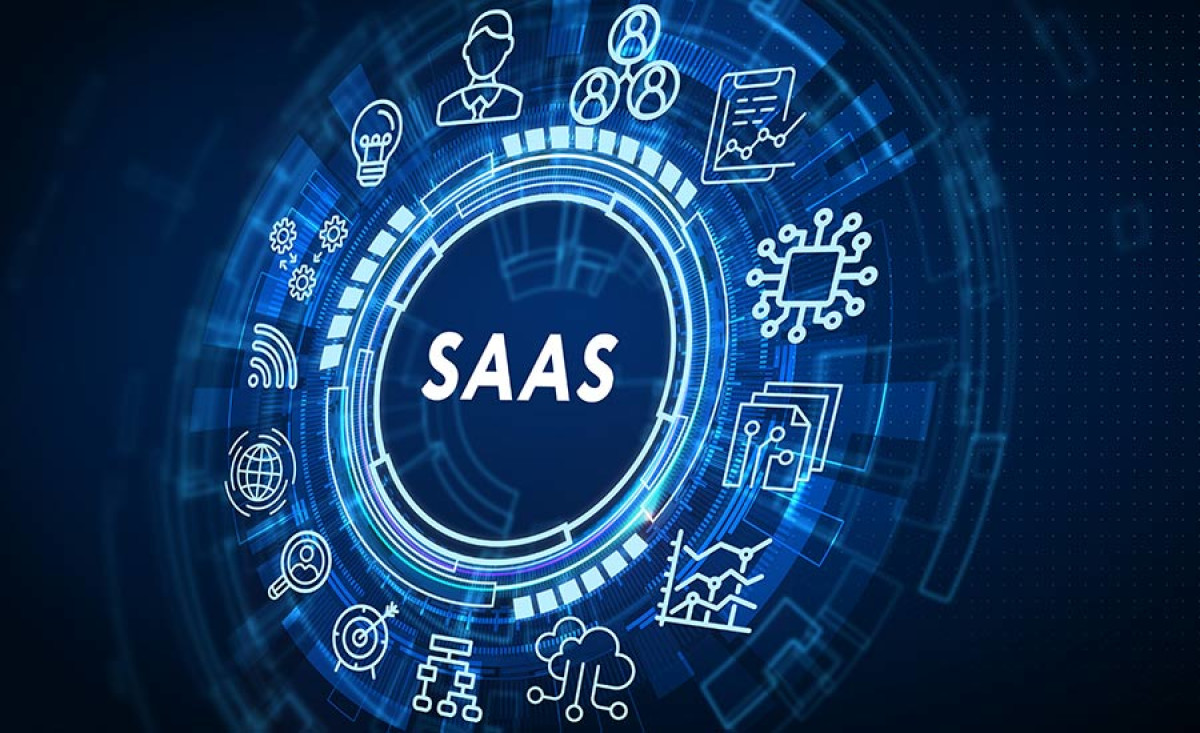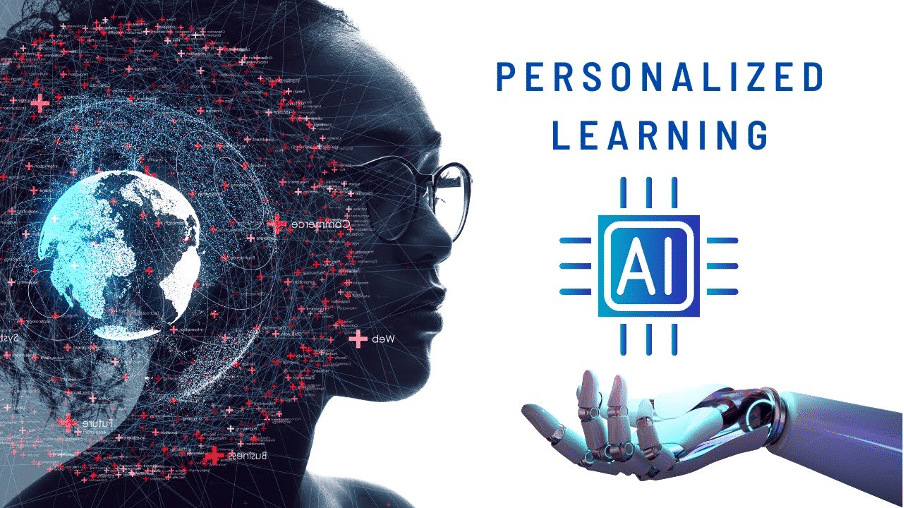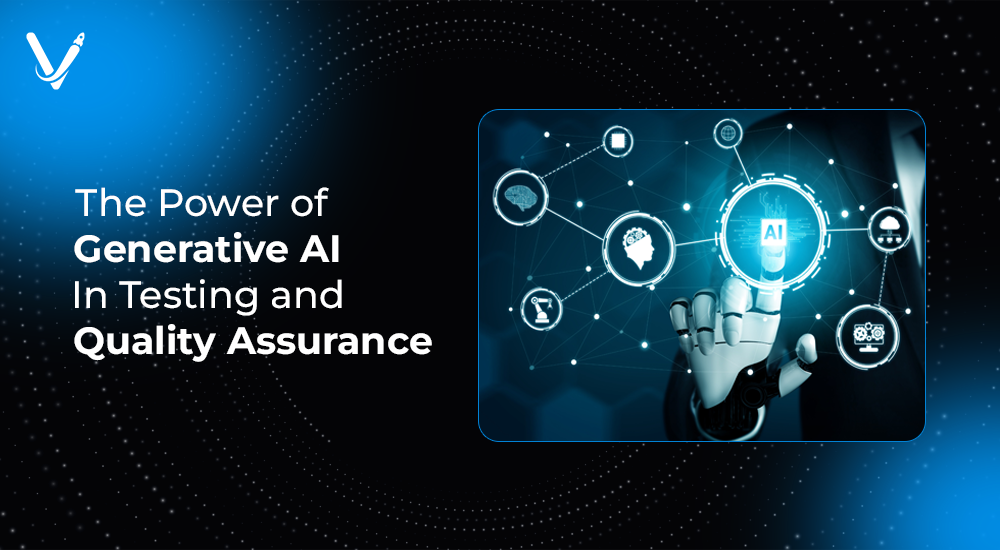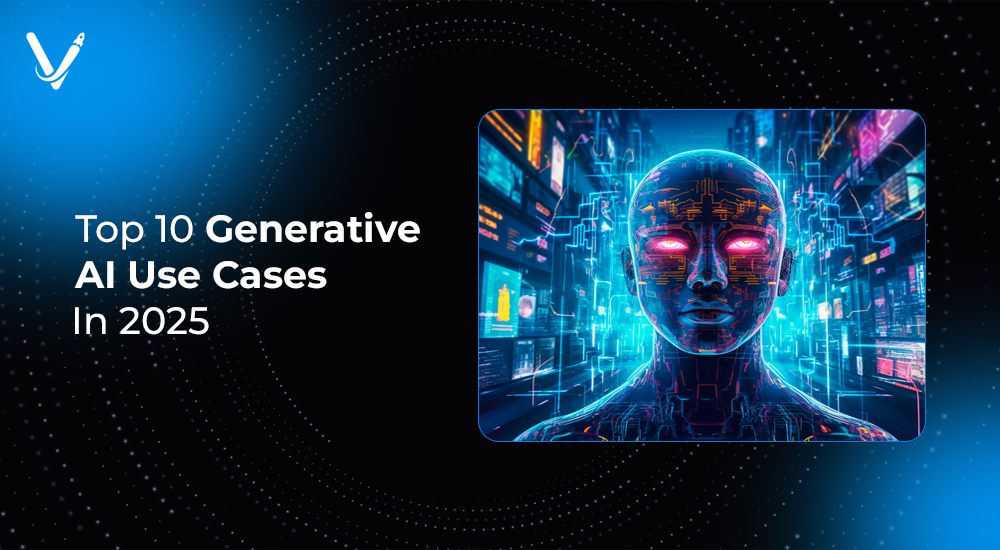How to Choose the Right Tech Stack for Your SaaS Product

Strong 8k brings an ultra-HD IPTV experience to your living room and your pocket.
The success of a Software as a Service (SaaS) product depends on multiple factors, one of the most crucial being its technology stack. The right tech stack determines the product’s performance, scalability, security, and maintainability. Choosing the wrong stack can lead to high SaaS platform development costs, inefficiencies, and technical debt.
In this blog, we will explore the key components of a SaaS tech stack, factors to consider, popular stacks, common mistakes, and how Vasundhara Infotech can help you build a robust SaaS solution.
The Basics of a SaaS Tech Stack
A technology stack is the combination of programming languages, frameworks, tools, and software used to develop a SaaS application. It consists of multiple layers:
Components of a SaaS Tech Stack
Frontend (User Interface & Experience) – Determines how users interact with the SaaS application.
Popular choices: React, Angular, Vue.js, Svelte.
Backend (Server & Logic) – Manages business logic, database interactions, and API communication.
Popular choices: Node.js, Python, Ruby on Rails, Java, .NET.
Database (Storage & Management) – Stores and manages user data efficiently.
Popular choices: PostgreSQL, MySQL, MongoDB, Firebase.
Cloud & Hosting Services – Hosts the application and scales resources as needed.
Popular choices: AWS, Google Cloud, Azure, DigitalOcean.
APIs & Third-party Integrations – Extend functionalities such as payments, authentication, and analytics.
Popular choices: Stripe (Payments), Auth0 (Authentication), Google Analytics.
Factors to Consider When Choosing a Tech Stack
Selecting the right tech stack is crucial for the success of any digital project, whether it's a web app, mobile app, or enterprise solution. Your tech stack defines the foundation of your product, impacting performance, scalability, maintenance, and cost. Here are the key factors to consider when choosing a tech stack:
1. Project Requirements
The complexity and functionality of your project dictate the best tech stack. A simple blog requires a different tech stack than a large-scale e-commerce platform or a real-time analytics dashboard. Assess:
Type of application (web, mobile, desktop)
Features and functionalities
Expected user load and traffic
2. Scalability Needs
If you anticipate business growth, your tech stack should support both vertical scaling (enhancing server capacity) and horizontal scaling (adding more machines). Choose frameworks and databases that can handle increased traffic and data without performance issues.
3. Development Speed & Time-to-Market
Some technologies enable faster development than others. If you need a Minimum Viable Product (MVP) quickly, consider:
Frameworks with built-in components (e.g., React, Angular, Django)
Low-code/no-code solutions for rapid prototyping
Third-party integrations to avoid building everything from scratch
4. Performance & Efficiency
The tech stack should support high-speed operations and low latency. Factors to consider:
Backend: Efficient server-side processing (Node.js, .NET, Java)
Frontend: Smooth UI rendering (React, Vue.js, Angular)
Database: Fast data retrieval (MongoDB, PostgreSQL, MySQL)
5. Security Considerations
Security is non-negotiable. Ensure your stack includes:
Secure authentication & authorization (OAuth, JWT)
Data encryption & compliance (GDPR, HIPAA, PCI-DSS)
Regular security updates to prevent vulnerabilities
6. Developer Expertise & Availability
Your team’s familiarity with technologies matters. Choosing a widely adopted stack ensures:
Availability of skilled developers
Faster onboarding for new team members
Large community support (helpful for troubleshooting)
7. Cost & Budget Constraints
Every tech choice affects costs, including:
Development costs (hiring experts in specific languages)
Infrastructure costs (hosting, cloud services, databases)
Maintenance & updates (long-term sustainability)
Open-source frameworks can reduce costs but require technical expertise for maintenance.
Choosing the right tech stack is a critical decision that influences your project's success. Analyze your business goals, project needs, and technical constraints before finalizing a stack.
If you're unsure, consulting with an experienced software development company like Vasundhara Infotech can help you make an informed decision and build a scalable, high-performance solution.
Popular Tech Stacks for SaaS Development
1. MEAN/MERN Stack
Components: MongoDB, Express.js, Angular/React, Node.js.
Best for: Scalable and fast SaaS applications with real-time functionalities.
Pros: Full-stack JavaScript, high performance, active community.
2. LAMP Stack
Components: Linux, Apache, MySQL, PHP/Python/Perl.
Best for: Traditional web-based SaaS applications.
Pros: Cost-effective, stable, well-documented.
3. Ruby on Rails Stack
Components: Ruby on Rails, PostgreSQL, Redis.
Best for: Rapid development and MVPs.
Pros: Developer-friendly, efficient, and scalable.
4. Python/Django Stack
Components: Python, Django, PostgreSQL.
Best for: AI/ML-based SaaS products, data-heavy applications.
Pros: High-level security, clean architecture, scalability.
5. .NET Stack
Components: C#, .NET Core, SQL Server.
Best for: Enterprise SaaS applications.
Pros: High performance, strong security, Microsoft support.
6. Serverless Stack
Components: AWS Lambda, Firebase, Google Cloud Functions.
Best for: Cost-efficient, scalable applications with pay-as-you-go pricing.
Pros: No server management, high availability, automatic scaling.
How to Make the Right Decision for Your SaaS Product
Building a SaaS (Software as a Service) product requires careful decision-making at every stage, from ideation to launch and beyond. The right choices will determine your product's scalability, security, user experience, and long-term success. Here’s a step-by-step guide to making the right decision for your SaaS product.
1. Define Your Business Goals and Vision
Before diving into development, clearly outline:
The problem your SaaS product solves
Your target audience and their pain points
Your short-term and long-term business objectives
The revenue model (subscription-based, freemium, pay-per-use, etc.)
A well-defined vision will guide every decision, from choosing the tech stack to designing user flows. Consider taking help from a company providing SaaS consulting services.
2. Research Your Market and Competitors
Analyze existing SaaS products in your niche to:
Identify gaps and unique selling points (USPs)
Understand user expectations and pain points
Learn from competitor successes and failures
Validate your idea with potential users through surveys or MVP testing
This research ensures you’re solving a real problem and differentiating your product in the market.
3. Choose the Right Technology Stack
Your tech stack influences performance, scalability, and development speed. Consider:
Frontend: React.js, Angular, or Vue.js for a responsive UI
Backend: Node.js, Django, Ruby on Rails, or .NET for server-side logic
Database: PostgreSQL, MySQL, or MongoDB for data management
Cloud Hosting: AWS, Google Cloud, or Azure for reliability and scalability
Security Measures: OAuth, SSL encryption, and compliance with GDPR/PCI/HIPAA
Choose a scalable and cost-effective stack that allows future upgrades without major disruptions.
4. Prioritize User Experience (UX) and Design
A well-designed UI/UX can make or break your SaaS product. Focus on:
Intuitive navigation and minimal learning curve
Responsive design for seamless access across devices
Personalization features to enhance user engagement
Fast loading times and optimized performance
Using design tools like Figma or Adobe XD can help visualize and refine user flows before development.
5. Implement a Scalable Infrastructure
Your SaaS product should be built to handle growth. Ensure:
Auto-scaling servers to manage increased traffic
Microservices architecture for flexible upgrades
CDN integration to optimize content delivery
Robust API design for future third-party integrations
Scalability prevents performance issues as your user base expands.
6. Plan a Strong Monetization Strategy
A well-defined revenue model ensures long-term sustainability. Consider:
Subscription-based (monthly/yearly plans)
Freemium model (basic features free, premium features paid)
Pay-per-use (charged based on usage)
Enterprise pricing (custom plans for businesses)
Choose a model that aligns with market demand and customer affordability.
7. Build an MVP and Gather Feedback
Instead of a full-scale launch, start with a Minimum Viable Product (MVP) to:
Test core features with early adopters
Gather real-world feedback
Identify bugs and areas for improvement
Validate demand before scaling
Use tools like Google Analytics, Hotjar, and A/B testing to analyze user behavior.
8. Plan for Marketing and Customer Acquisition
Even the best SaaS product needs a strong marketing strategy to attract users. Implement:
SEO & content marketing to drive organic traffic
Paid advertising (Google Ads, LinkedIn, Facebook)
Referral programs to encourage word-of-mouth growth
Free trials or demos to engage potential customers
A solid go-to-market strategy ensures a successful launch and steady user growth.
Common Mistakes to Avoid
Choosing a stack based on trends instead of project needs.
Ignoring scalability and security from the beginning.
Not considering long-term maintenance and support costs.
Overcomplicating the tech stack with unnecessary tools.
How Vasundhara Infotech Can Help
At Vasundhara Infotech, we specialize in custom SaaS development and help businesses choose the right tech stack for their products. Our services include:
Custom SaaS development with tailored tech stacks.
Scalable and secure architecture to handle business growth.
Cloud-based solutions using AWS, Google Cloud, and Azure.
Integration of APIs and third-party services for seamless functionality.
MVP development to validate ideas before full-scale deployment.
Our team ensures that your SaaS product is future-proof, high-performing, and cost-effective.
Conclusion
Choosing the right tech stack for your SaaS product is critical for scalability, security, and long-term success. Consider factors like performance, development cost, ease of maintenance, and integration capabilities when making a decision.
Need expert guidance? Vasundhara Infotech is here to help! Contact us today to build a robust SaaS solution with the perfect tech stack.
Note: IndiBlogHub features both user-submitted and editorial content. We do not verify third-party contributions. Read our Disclaimer and Privacy Policyfor details.







